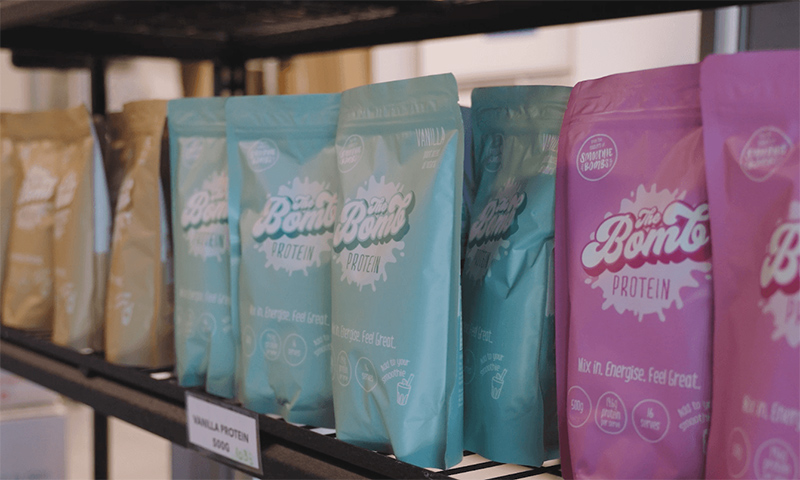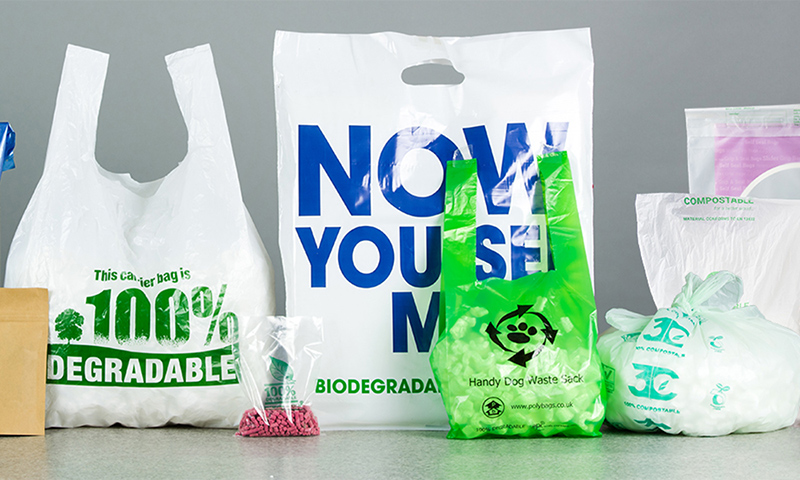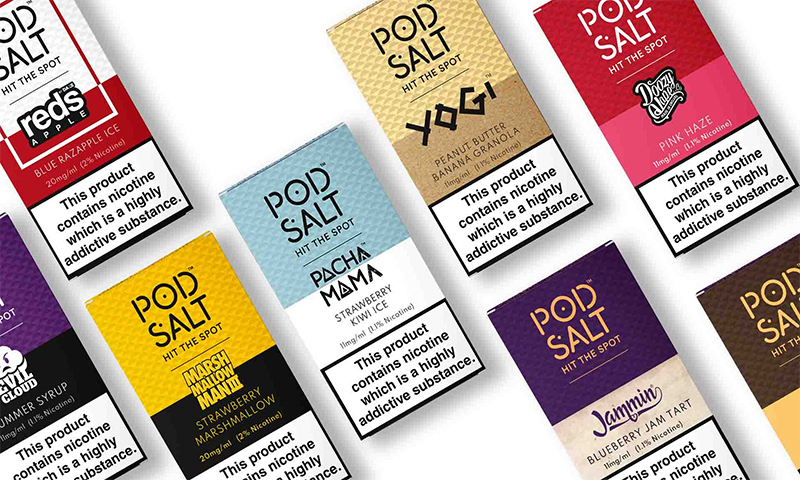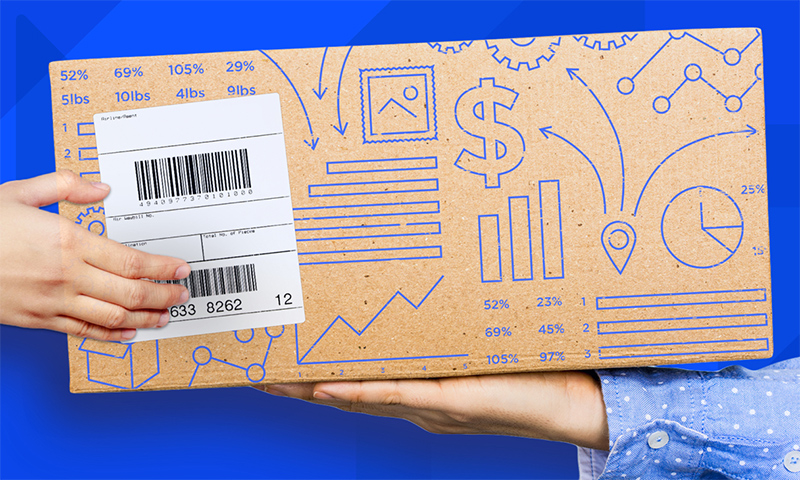As the e-commerce industry continues to evolve as well as grow aggressively in the post-pandemic, the need for smart as well as sustainable packaging has become more acute than ever. Both the brands as well as consumers are seeking for ways to actively decrease their environmental footprint & make eco-friendly transitions to several sustainable packaging methods.

Therefore, optimizing the use of recyclable as well as biodegradable materials with several innovative alternatives have cropped up. Some of these include:
Plant based packaging
Plant-based packaging options have witnessed significant growth in the sustainable packaging sector owing to the materials which are being made by using biological sources & these range right from seaweed & mushrooms to corn & food waste as well. However, the right packaging option is based on the product being packaged/shipped. For example, for food, bioplastics is a good alternative, & it should protect the product even without affecting its flavor, while bulkier goods need a durable plant base such as mushroom & cornstarch.
Most often, byproducts of industries such as agriculture, help in reducing the supply chain waste. For example, compressed plant fibers such as coconut & mushroom filaments could be utilized in the e-commerce businesses as an alternative for biodegradable packaging and compostable mailers are manufactured using corn starch as an alternative to plastic poly mailers.

This bio-based polymer utilizes only an exceedingly small percent of the annual global corn crop such as 0.05 per cent hence serving as an incredibly low impact design. One such company that offers impact design is Ecovative. Ecovative’s Design’s mushroom-based packaging known as MycoComposite is being adopted by IKEA in its initiative for decreasing wastage and this is grown in a very controlled environment, and the packaging can grow around a mold, that then fits the product, perfectly.
The top global brands such as Procter & Gamble, Coca-Cola, Nike, Ford Motors & Heinz came together in collaboration a decade ago for a Plant PET Technology Collaborative which focuses mainly on integrating the use of 100 per cent plant-based fibers & PET materials in their products. Currently, big players around the world have started to adopt plant-based packaging for their products. Plantic, one of the plant-based packaging manufacturers are looking forward to extending the shelf life of non-durable products and newspaper giant, The Guardian, has an aim to start utilizing a malleable film that are made by using potato starch – Bioplast 300, for wrapping newspapers.

Danone recently partnered with Avantum, a biotech company, for producing bottles that are manufactured using renewable materials that are made using bio-based plastic which will not threaten food resources. Other big players such as Kelloggs, Pepsico and Mondelez International plan to equip consumers with the right recycling information as well as develop 100 per cent recyclable, reusable as well as potentially compostable packaging materials by 2025.
Biodegradable & compostable alternatives for plastic
As companies are planning for substituting plastic packaging with various biodegradable alternatives that can be composted is one of the ways forward and these packages are most often manufactured from several plant-based polymers that can break down in the process of composting. Both the quality & materials determine their breakdown in either commercial or domestic compost facility within three to six months.
While BOSS Food utilizes its compostable wrappers for its vegan super food bars that is being manufactured by TIPA with its proprietary bio-based blend, it consists of all the various properties of plastic, with the certification for industrial & home composting as well. TIPA engages in conducting various shelf-life tests which helps in comparing products as well as packaging shelf-life to conventional packaging processes.

Plant your package
Have you ever heard of “planting your packaging”? These packages comprise materials which can be planted and has seeds that are embedded in them where customers can go and plant when they are done using the packaging. It is great for lightweight as well as small items such as cosmetics & jewelry, it can also be used to wrap products as product wraps or even fillers. For example, Pangea Organics has collaborated with Seeds of Change & UFP technologies in order to create the 1st hundred percent compostable & plantable packaging.
In a nutshell
Sustainable packaging innovations have expanded significantly to a larger extent by giving rise to some wonderful out-of-the-box alternatives and adopting these solutions not only helps in resolving several issues such as from handling rapidly changing climate & rising pollution leading to increasing temperatures as well as species extinctions. Savvy brands are already leveraging sustainable packaging practices since it not just boosts the environmental impact of their brands but it also helps in increasing the corporate social responsibility as well as support communities by rendering gainful employment & resource conservation.

